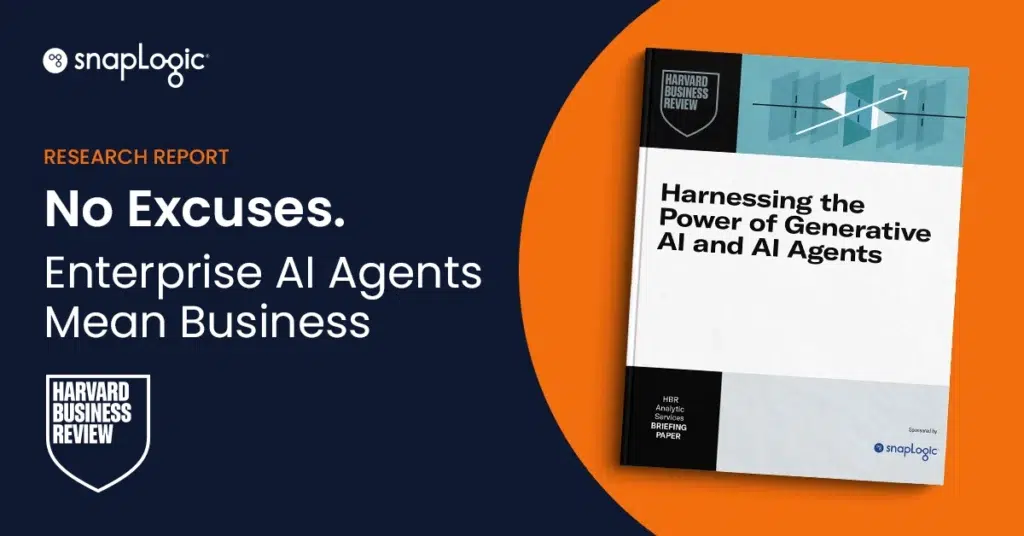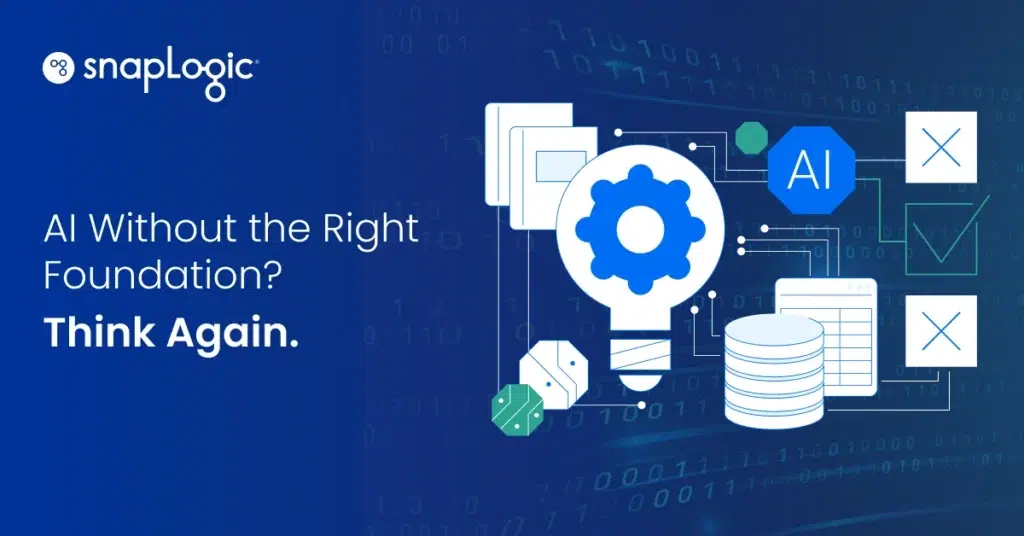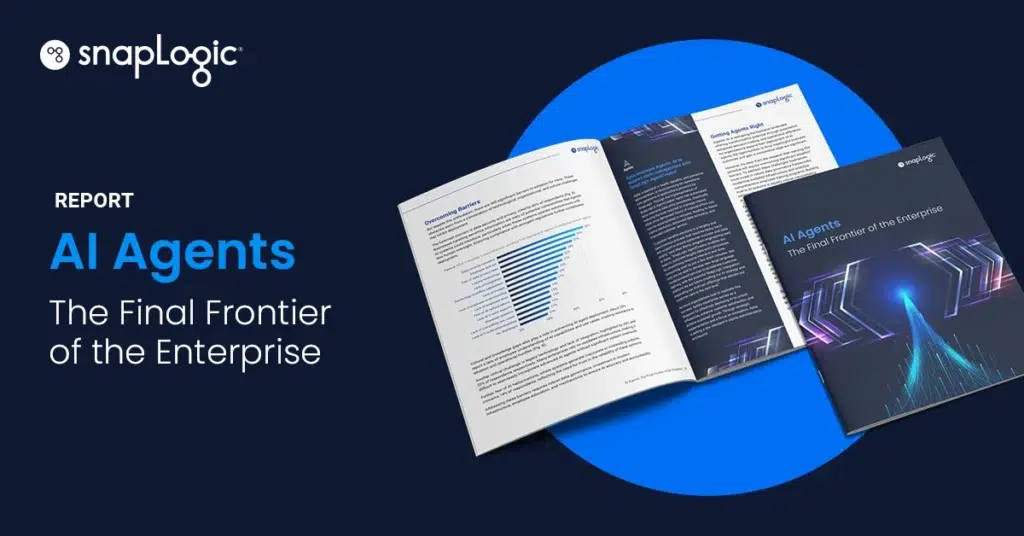What is data analytics?
Data analytics involves turning available data into insights. The data an organization holds includes everything from its internal production and sales operations to external factors involving customers and suppliers. Through data analytics, companies can understand what is happening right now and what’s likely to happen in the future with their business. By watching a simple Google Analytics demo, anyone can get a basic understanding of modern data analytics.
At its heart, data analytics is about matching data points to behaviors. After that, trends are identified. A simple example of data analytics is to consider a shop that sells t-shirts in three colors; green, blue, and white. During the year, blue t-shirts were their best seller, but using data analytics they were also able to observe that white t-shirts were the most popular during summer, that women bought more green t-shirts than men and that special offers on blue t-shirts produced the best sales results. From their basic data analytics, the company was able to make better decisions regarding stock, production and pricing.
A relatively recent major change to traditional data analytics has been the ability to parse extremely vast data sets to gain even deeper understandings of consumer behavior and production models. The big data architecture created by web giants like Facebook, Amazon, and Google allows those companies to use data analytics on a huge scale to help their businesses, though big data companies involved in everything from healthcare to hospitality also employ data analytics on their data.
These big data services allow for very precise predictions and many firms rely on the abilities of big data services to utilize data analytics to give them an edge over their competitors. For this reason, employees who perform data analytics, known as data analysts are globally in high demand, with the same going for the data scientists who build data analytics programs and architecture.
Due to the huge amounts of data being produced and recorded by people every day, nearly 1.7 megabytes per person per second, one major big data problem is where to store this data and how to ensure it can be processed safely and easily for use in data analytics.









